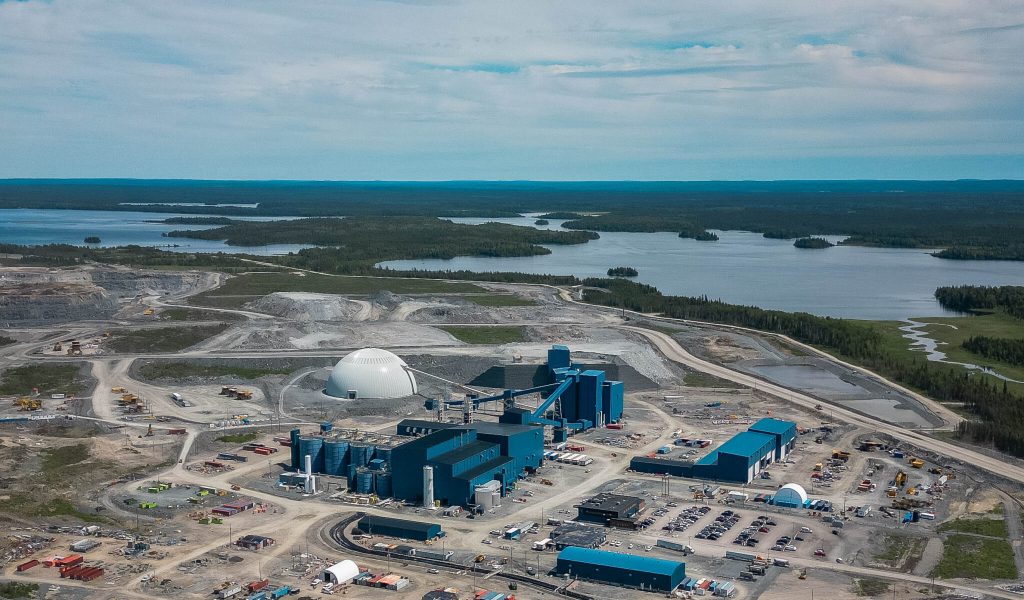Equinox tables resource estimate for Ontario gold project

Equinox Gold Corp. [EQX-TSXV, EQX-NYSE], an Americas-focused company with eight producing gold mines, has released an updated resource estimate for its Hasaga property in Red Lake, Ontario.
Equinox shares jumped 6.64% or 51 cents to $8.19 on volume of 235,920. The shares trade in a 52-week range of $8.79 and $5.36.
The company said the project contains an indicated resource of 1.47 million tonnes with an average grade of 8.64 g/t gold or 408,000 ounces of contained gold.
On top of that is an inferred resource of 2.06 million tonnes with an average grade of 7.31 g/t gold for 484,000 ounces.
“This updated resource focused on the high-grade nature of the gold mineralization and is a departure from the previous bulk-tonnage approach,’ said Scott Heffernan, executive vice-president, exploration, at Equinox Gold. “As expected, the updated mineral resource estimate contains fewer gold ounces but significantly higher average gold grades,’’ he said.
“Further, the main zones of gold mineralization included in the updated mineral resource estimate remain open, with numerous historical gold intersections defining drill-ready targets highlighting the potential for resource growth and new discoveries.’’
Hasaga is located on the western edge of the town of Red Lake, within the Red Lake greenstone belt, which has produced over 30 million ounces of gold from active and past-producing gold mines. Hasaga sits on the main northeast-southwest trend, approximately five kilometres south of the Red Lake mine complex.
Acquired by Equinox Gold in 2021 via the purchase of Premier Gold Mines Ltd., the property hosts three past-producing gold mines (Hasaga, Buffalo, and Red Lake Gold Share) that together produced 240,696 ounces of gold at an average grade of 4.94 g/t gold between 1938 and 1952.
The updated MRE incorporates a new geological model that resulted from a core relogging campaign focused on drilling completed by the previous operator. No new drilling has been conducted by Equinox to date. The revised MRE was optimized for underground mining with a four g/t cut-off grade and minimum thicknesses of 1.0 metre, which is appropriate for this style of deposit and typical of all significant gold mines in the Red Lake gold district.
The main Hasaga, Epp C and Epp D zones, which are hosted within the Hasaga porphyry, account for most of the current mineral resource and are the most attractive targets for future exploration.
All three zones occur along a common mineralized trend and represent the strike and down-dip extensions of the past producing Hasaga and Howie mines. The Buffalo zone, located 1.5 kilometres southwest of the Hasaga deposit, and the Central zone, located approximately one kilometre north of the Hasaga deposit, are both hosted within the Dome stock. Over 50% of the property is underlain by the Dome stock, which hosts the Buffalo and Central zones, and has not been systematically explored, a scenario that offers potential for new discoveries, the company has said.
